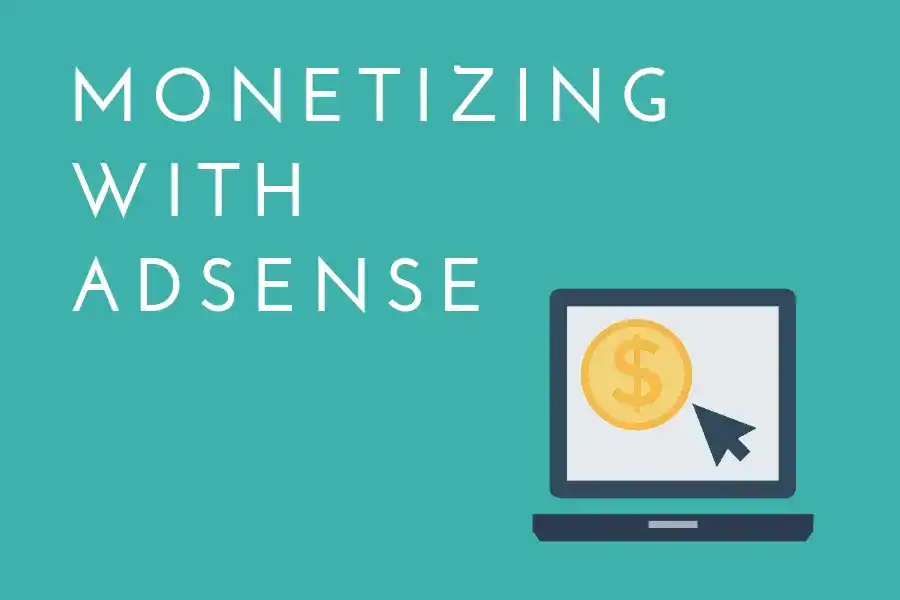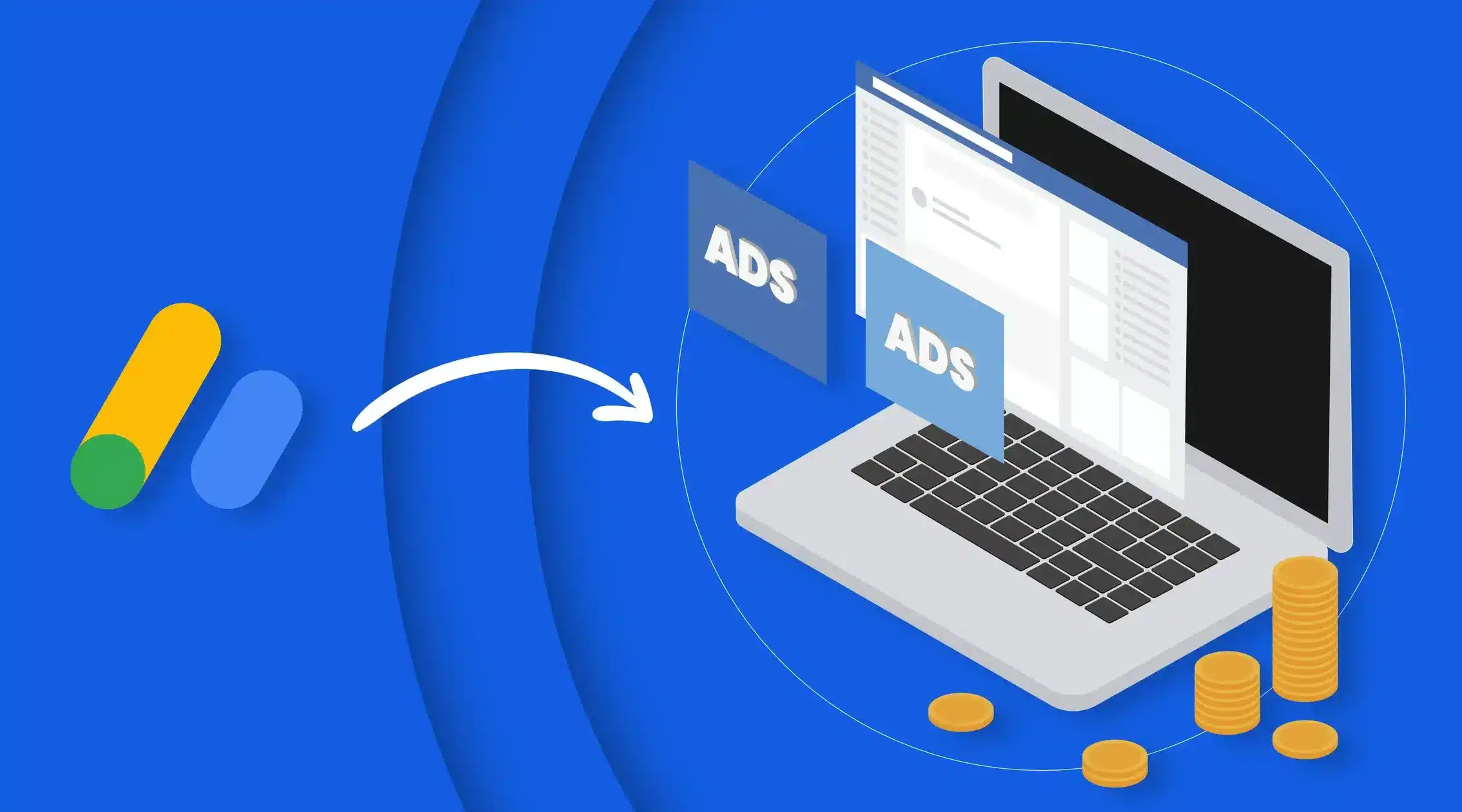Programmatic SEO (pSEO) has become one of the most efficient ways to scale content and attract organic traffic. When paired with Google AdSense, it can also generate a steady, passive revenue stream. Below is a comprehensive guide to building and monetizing a programmatic SEO website using AdSense—from the ground up.
1. Understanding Programmatic SEO
Definition: Programmatic SEO uses automation to create hundreds or thousands of optimized landing pages that target long-tail keywords at scale.
Examples: City-specific service pages, product or recipe databases, or travel itinerary pages generated from a structured dataset.
Key Benefits
-
Massive Reach: Cover countless keyword variations without writing every page manually.
-
Evergreen Traffic: Focus on evergreen queries like “best [product] in [city]” that continually attract searchers.
-
High Intent Visitors: Long-tail keywords often bring users who are ready to convert or click ads.
2. Planning a Programmatic SEO Website
Before applying for AdSense, your site must meet Google’s quality standards.
Choose a Profitable Niche
-
Look for niches with commercial intent and moderate competition (e.g., product reviews, local services, travel guides).
-
Validate with keyword tools (Ahrefs, Semrush, Google Keyword Planner).
Build a Strong Data Source
-
Structured data is the backbone of pSEO. Examples: spreadsheets, APIs, or databases with detailed attributes (e.g., recipes with ingredients, product specs).
URL & Site Architecture
-
Use logical, clean URLs (e.g.,
site.com/category/location). -
Avoid duplicate or thin content by ensuring each page has unique, valuable text and meta tags.

3. Content Generation Best Practices
Google’s AdSense team reviews content quality carefully.
-
Dynamic Templates: Create flexible templates with rich text, images, FAQs, and schema markup.
-
Unique Value: Add original introductions, insights, or comparisons for each page.
-
Internal Linking: Use automated internal links to connect related pages and improve crawlability.
-
Page Speed & UX: Implement caching, a CDN, and mobile-friendly layouts.
4. AdSense Approval Checklist for pSEO Sites
Google AdSense evaluates your site for:
-
Original content: No spun or scraped text.
-
Privacy Policy & About Page: Mandatory for compliance.
-
Traffic Quality: Organic, not bot or paid-traffic farms.
-
Navigation: Clear menus and easy page discovery.
Tip: Launch with at least 20–30 high-quality pages before applying.
5. Monetization Strategies With AdSense
Once approved, focus on placement and optimization.
a. Smart Ad Placement
-
Above the fold: Place a responsive ad near the top but below the main heading to comply with policy.
-
In-content units: Integrate ads after the first paragraph and mid-article.
-
Sticky anchor ads: Mobile users engage well with bottom sticky ads.
b. Auto Ads vs. Manual Ads
-
Auto Ads: Quick setup, Google optimizes placements automatically.
-
Manual Ads: More control; ideal for programmatic templates where you know the best-performing spots.
c. A/B Testing
-
Use AdSense Experiments or Google Optimize to test ad sizes and placements (e.g., 300×250 vs. 336×280).
6. Scaling and Maximizing Revenue
Improve RPM (Revenue per Mille)
-
Target countries with higher CPCs (US, UK, Australia).
-
Focus on high-intent keywords that align with high-value advertisers.
Combine AdSense With Other Streams
-
Affiliate links for products.
-
Lead generation (email captures, sponsored listings).
-
Direct ad sales once traffic grows.
Monitor & Refine
-
Use Google Analytics + AdSense reports to track CTR, CPC, and RPM.
-
Regularly prune underperforming pages to maintain site quality.
7. Common Pitfalls to Avoid
-
Thin or Duplicate Pages: Can trigger penalties and low AdSense earnings.
-
Aggressive Ads: Too many ads degrade UX and violate policies.
-
Unverified Traffic Sources: Paid clicks or bots risk account suspension.
Final Thoughts
Monetizing a programmatic SEO website with Google AdSense is achievable when you balance scale with quality. Build a solid data-driven content structure, ensure unique and valuable pages, and then strategically optimize your ads. With consistent SEO and careful monetization, your pSEO project can become a long-term, passive income source.
Pro Tip: Keep up with Google’s algorithm updates and AdSense policy changes. Programmatic SEO thrives when automation and human oversight work together.
Originally posted 2025-02-02 04:29:28.

